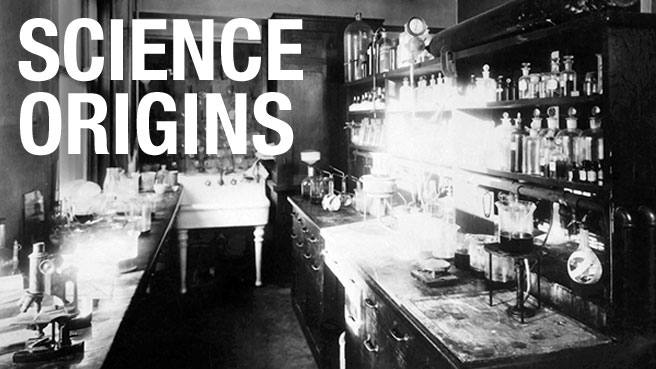-
Science Saturday: Magnifying tool reveals amazing world
 LONDON, England (September, 1665)
LONDON, England (September, 1665)
—Spectacular images using an astounding new instrument can be seen in a new publication written by Royal Society member Robert Hooke, titled “Micrographia,or some Physiological Descriptions of Minute Bodies made by Magnifying Glasses with Observations and Inquiries thereupon.”
The new instrument made of polished glass and cylinders of brass has just been added to the box of tools available to modern scientists. The device uses two optical lenses and a focus wheel, operating in a manner analogous but opposite to a telescope; allowing the viewer to magnify the micro-sized world.
For the members of the Royal Society as well as the common Englishman, the new book offers a collection of fold-out ink drawings, the verisimilitude of which are quite striking, along with the manuscripts describing the scientific milieu of these observations. Most impressive is the drawing of the common flea, an easy enough subject to find on the bodies of even the most prestigious inhabitants of London these days.
The subject matter is not limited to living entities, as Hooke has also aimed his new device at substances such as snow and cork. He termed the repeating, porous perforations in cork as “cells” for their similarity to a honeycomb.
There are of course limitations on degree of magnification that this new device can achieve. Since Hooke’s graphic images hint at structures even smaller, it is quite reasonable to speculate that improvement on the design may lead to even further discoveries, especially in the field of Biology where miniaturization appears to be very important. Read the rest of the article.
_______________________________________________
Editor's note: For context on this series, please read our editor’s note on this series.
The concept for this project grew out of the internship of John Jefferson, Ph.D., as a part of his sabbatical from teaching chemistry at Luther College. Dr. Jefferson was developing his skills as a science writer by writing short news briefs on the work in research labs at Mayo.
One day, just to give him something different, I asked him to write about Hooke’s coining of the word cell. Not given any other guidelines, John used the same format he had been practicing and wrote a news release as it would have been written at the time of the discovery.
We quickly realized that there was an opportunity for the fictitious historical reporter. Science has always been intriguing to the people caught up in the moment and we wanted to try and capture the excitement of the time. And from time to time we sought to inject a bit of subtle humor into the story knowing modern day readers would be able to catch the hidden pieces of wit. It didn’t take much persuasion from John for me to let him put in a little sarcasm, such as when the reporter suggests the controversy about evolution would easily be settled once and for all after the term for gene was introduced. A careful reader may be able to find many such levels of innocent humor.
There were added bonuses along the way, such as the discovery that we were missing a primary reference for Hook’s often repeated statement comparing plant cells to monk’s living quarters. This myth-busting endeavor turned into a sidebar with a request for readers’ comments.
But, in my opinion, what is most important about these whimsical reflections on the past is the way they capture the newness and enthusiasm of the science by imagining what it must have been like to be the news reported who got to tell the world about a newly coined word.
— Bob Nellis, executive editor of Discovery’s Edge
November, 2017
_________________________________________________
Other Mayo Clinic medical research websites:







